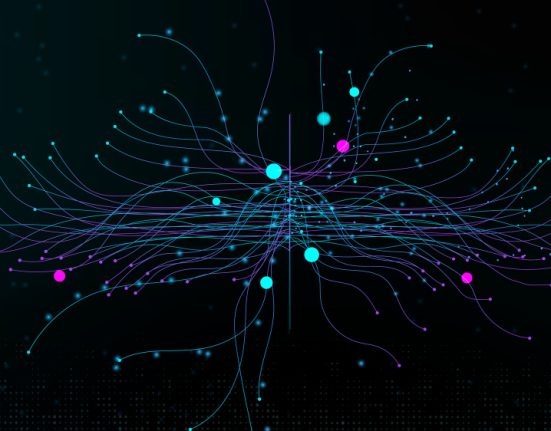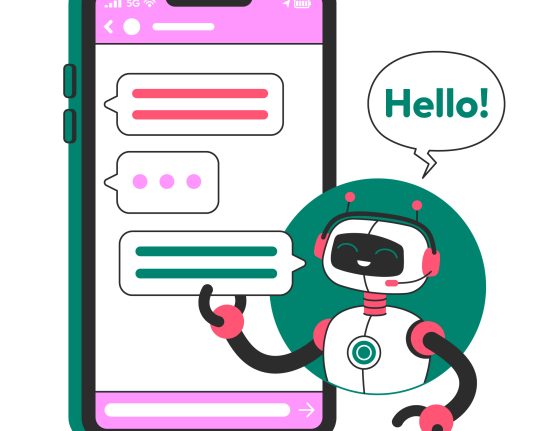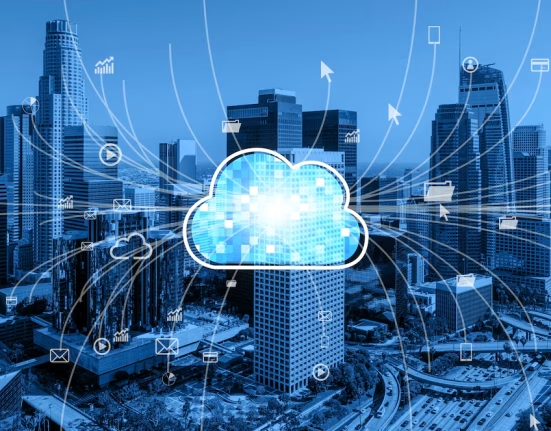In today’s fast-paced digital world, data is often referred to as the new oil. However, like crude oil, raw data requires refinement to unlock its true value. This is where the synergy between Artificial Intelligence (AI) and Data Science comes into play. Together, they are revolutionizing how we process, analyze, and derive insights from massive datasets. In this blog, we’ll explore how AI amplifies data science processes, particularly in data cleaning, analysis, and visualization.
The Role of AI in Data Cleaning
Data cleaning is one of the most critical and time-consuming aspects of data science. Raw datasets often contain missing values, duplicates, outliers, and inconsistencies that can compromise the accuracy of any analysis. Traditionally, data cleaning has relied on manual intervention or rule-based scripts, but AI has introduced a new level of efficiency and precision.
Identifying and Handling Missing Data
AI-powered tools can automatically identify patterns in data to detect missing values and predict plausible replacements. For instance, machine learning models trained on similar datasets can infer missing entries with high accuracy, reducing human effort and errors.
Outlier Detection
AI algorithms like isolation forests and autoencoders are adept at identifying outliers in complex, high-dimensional data. These techniques analyze data distribution and flag anomalies without requiring extensive domain knowledge.
Deduplication and Standardization
Natural Language Processing (NLP), a subset of AI, plays a crucial role in standardizing data and removing duplicates. By understanding semantic similarities, AI can consolidate records that might differ in formatting or spelling but refer to the same entity.
Advanced Data Analysis with AI
Once the data is cleaned and prepared, the next step is analysis—another domain where AI significantly amplifies capabilities. AI not only accelerates the analytical process but also unveils patterns and insights that might otherwise remain hidden.
Predictive Analytics
AI’s predictive models, driven by machine learning algorithms, have transformed forecasting in industries such as finance, healthcare, and retail. By training on historical data, these models can predict future trends, customer behavior, or potential risks with remarkable accuracy.
Pattern Recognition
Deep learning models excel at uncovering intricate patterns in data. For example, convolutional neural networks (CNNs) are widely used in image recognition, while recurrent neural networks (RNNs) analyze sequential data such as time series or text.
Sentiment Analysis
AI-powered sentiment analysis enables businesses to gauge customer opinions from unstructured data like social media posts and reviews. This provides actionable insights into brand perception and customer satisfaction.
Enhancing Visualization with AI
Visualization is the bridge between complex data and human understanding. Effective visualizations help stakeholders make informed decisions quickly. AI is redefining data visualization by making it more interactive, insightful, and tailored to user needs.
Automated Visualization Tools
AI-driven platforms like Tableau and Power BI use machine learning to recommend the best types of visualizations for a given dataset. These tools consider the data’s structure and the user’s intent to generate impactful charts and graphs.
Dynamic Dashboards
AI enhances dashboards by integrating real-time data and offering predictive insights directly within visual interfaces. Dynamic dashboards adjust automatically to highlight the most critical metrics, ensuring users focus on what matters most.
Natural Language Interfaces
With AI, users can now interact with visualization tools using natural language. For example, a user can type or speak a query like “Show me sales trends over the last quarter,” and the system will generate an appropriate visualization instantly.
Real-World Applications of AI in Data Science
The integration of AI and data science is not just theoretical; it’s actively driving innovation across industries. Here are a few examples:
Healthcare
AI-powered data analysis is transforming healthcare by enabling precise diagnostics and personalized treatments. Tools like IBM Watson Health analyze medical records to suggest optimal treatment plans, while predictive models anticipate disease outbreaks.
Retail
In retail, AI analyzes customer purchase histories and behavior to optimize inventory, personalize marketing campaigns, and improve customer experiences. For instance, recommendation engines like those used by Amazon or Netflix rely heavily on AI-driven data analysis.
Finance
Fraud detection in finance has seen a revolution thanks to AI. Machine learning models analyze transaction patterns to identify anomalies, preventing fraudulent activities in real-time.
Challenges and Ethical Considerations
Despite its transformative potential, the intersection of AI and data science is not without challenges. Key issues include:
Bias in Data
AI models are only as good as the data they are trained on. If the data contains inherent biases, the resulting insights and predictions may perpetuate or amplify these biases.
Data Privacy
As AI delves deeper into personal and sensitive information, ensuring data privacy and compliance with regulations like GDPR becomes critical.
Interpretability
Complex AI models, such as deep neural networks, often operate as black boxes. This lack of transparency can make it difficult to trust and validate their outputs.
The Future of AI and Data Science
The integration of AI and data science is poised to grow even stronger. Emerging trends include:
- Automated Machine Learning (AutoML): Tools like Google AutoML aim to democratize AI by automating the creation of machine learning models, making advanced analytics accessible to non-experts.
- Explainable AI (XAI): Efforts to make AI models more transparent and interpretable will enhance trust and usability.
- Real-Time Analytics: As IoT and edge computing proliferate, AI will enable real-time data analysis for faster decision-making.
Conclusion
AI and data science together are reshaping how organizations approach data, turning raw information into actionable insights. By automating tedious tasks like data cleaning, uncovering hidden patterns during analysis, and enhancing visualization, AI empowers data scientists to focus on strategic, high-value activities. As technology continues to evolve, the collaboration between AI and data science will unlock even greater potential, driving innovation and efficiency across industries.














Leave feedback about this